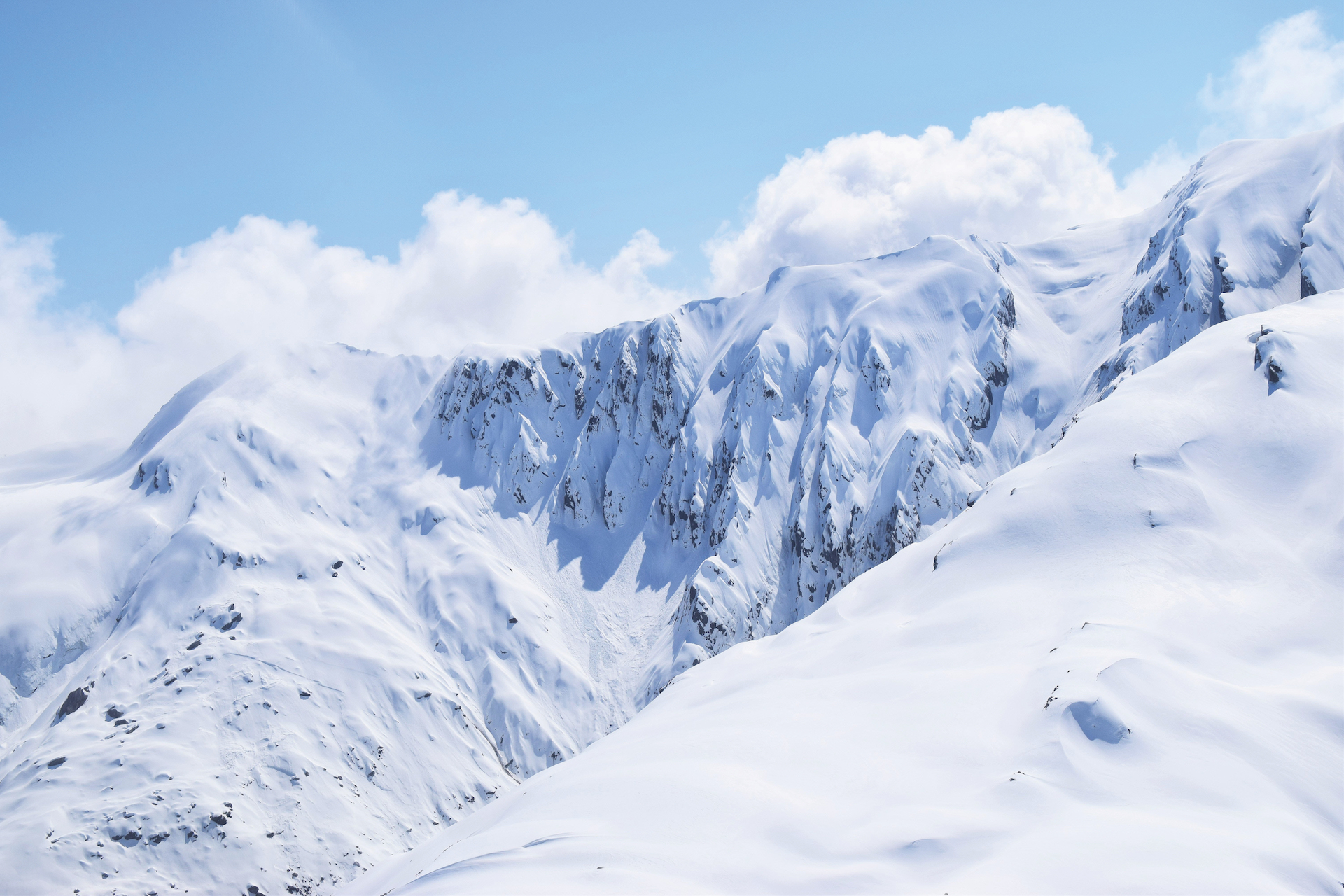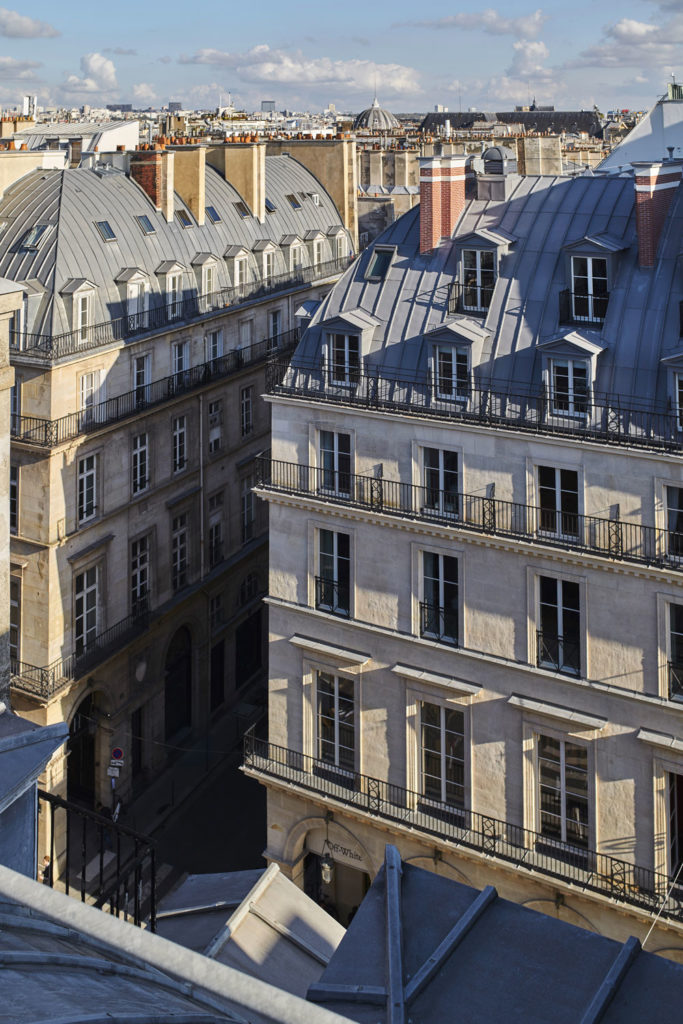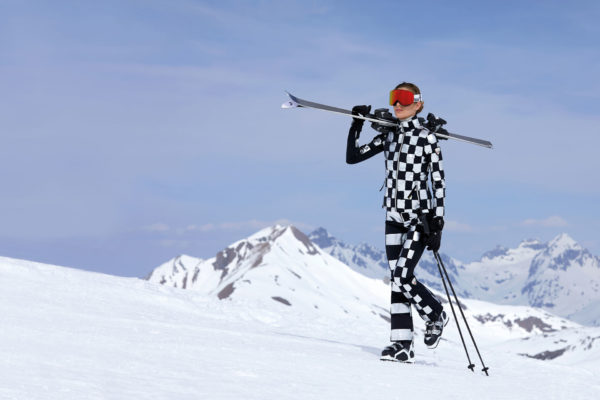How Alpine Ski Resorts are Planning For a Future with Less Snow
By
1 year ago
By 2050, resorts under 1,200m could be entirely without snow

The zero degree line keeps creeping up, say Abigail Butcher and Felix Milns – here’s how resorts are trying to protect their pistes without guaranteed snowfall in the Alps.
The Future of Snowfall in the Alps
In August 2023, a record was set in the Alps, but it wasn’t a good one. No mountain froze overnight, because the altitude at which temperatures fell below freezing, known as the zero degree line, climbed to 5,298m for the first time since records began. The previous record of 5,184m was set in 2022 – whereas it fluctuated between 3,000m and 4,000m between the summers of 1991 and 2002.
That the zero degree line has climbed so substantially has resulted in Alpine glaciers losing more than 60 percent of their volume since 1850. Ski resorts now accept the future is uncertain and know they must act immediately to change the way they operate. Some estimates suggest that by 2050, resorts under 1,200m could be entirely without snow.
Sandra Picard of Compagnie des Alpes, which operates some of the largest ski resorts in France including La Plagne, Les Arcs and Val d’Isère-Tignes, said: ‘By 2055, December will be the most critical month and it will be difficult for us to open more than 50 percent of the slopes – and, to be honest, it’s not going to improve. There is not a straightforward solution for the future.’
As well as trying to future-proof the resorts with ideas such as moving beginner areas to the top of the mountains, resorts are slashing carbon emissions and reducing energy and water requirements as fast as is practically possible to limit the damage ski resorts are adding to the environment.
While it’s people travelling to ski resorts that takes the largest chunk of the emissions pie, operating ski areas is also energy heavy. Compagnie des Alpes identified that during the 2021/22 ski season, 47 percent of its carbon emissions – 29,571 tonnes of CO2e – was from the ski area. By converting grooming machines to HVO (hydrotreated vegetable oil, often known as ‘renewable diesel’), using renewable energy and investing in the very latest, energy-efficient snow guns, they can move towards their goal of net zero in 2050.
But some areas are more advanced than others. Serre Chevalier already produces 30 percent of the energy needed to run its ski area. In Italy’s Dolomiti Superski area, where timely opening of the pistes in December has long relied on snowmaking, lift operators have for decades invested in the most modern snow guns, which use half the water and electricity of their 1980s predecessors.
‘This means efficiency at its best and optimal use of resources – simultaneously good for business and good for the environment,’ says spokesman Dr Diego Clara. ‘All our lifts and snow guns run with renewable power from hydroelectric plants, so there is no CO2 – for us here this is normal practice, but journalists take it as sensational news.’
Another environmental pioneer, Laax will this winter open the first gondola to operate on demand, only releasing cabins onto the track when they are needed – saving energy when they’re not. Laax has been built on sustainable credentials since the 1970s and aims to become not just carbon neutral but an energy-producing resort in the future.
The small, purpose-built resorts of Anzère (Switzerland) and Flaine (France) were both built around huge biomass boilers – way ahead of the sustainability game. In 2016, Flaine (with its fellow Grand Massif ski resorts) became the first ski area in the world to attain the Green Globe label, and in 2008 was the first in France to set up a study to monitor the biodiversity of the ski area, measure the impact of skiing on the mountains and understand how to improve practices.

Flaine in France. Photo by Tristan Shu
Malvina Sculo, environmental project manager at Domaine Skiable de Flaine, said: ‘Most of our snow groomers have changed to HVO and resort vehicles will follow, snow cannons work mainly on gravity, we compost waste food where we can and have created sensitive areas within the ski area to remind skiers they are sharing the mountain with nature.’
It’s about the small details, too, she said: ‘We now produce a ski map online, or in an app, and if people want a paper one we charge €1 – we used to print 200,000 but now only 6,000. We even grow tomatoes on the magic carpet in the village during the summer months.’
So it’s an apt resort for Pierre & Vacances’ premium residence Les Terrasses d’Eos, which has been awarded the Green Key label – the first internationally recognised independent environmental label.
And as Mavina eloquently put it, ‘for everyone who loves the mountains, it’s about doing what we can, when we can.’
Book It: From £338pp for a seven-night stay at Pierre & Vacances’ Les Terrasses d’Eos (four sharing). pierreetvacances.com. For more information on Flaine visit en.flaine.com







